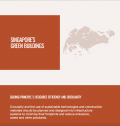
This case study illustrates Guiding Principle 5: Resource Efficiency And Circularity and is part of a series of ten case studies which aim to inform the forthcoming wave of global infrastructure investment. Collectively, they specify and demonstrate how environmental, social and economic sustainability must be integrated right across infrastructure policymaking at the systems-level. The individual principles and case studies were developed via ongoing global consultation and inputs from experts and UN Member States, as part of implementation of the UN Environment Assembly (UNEA) Resolution 4/5 on Sustainable Infrastructure.
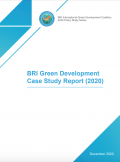
This report showcases 13 projects covering eight fields, namely, biodiversity and ecosystem, clean energy, clean water, sustainable transportation, solid waste treatment, sustainable consumption and production, green buildings, and corporate social responsibility.
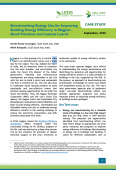
This case study captures Nagpur city’s efforts in understanding the energy performance and identifying the potential and opportunities for energy efficiency actions. An approach for benchmarking and prioritization of buildings for action was tested and established by the city.
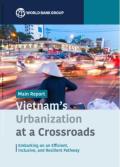
The decades of rapid economic growth in Vietnam have been accompanied by urbanization and spatial transformation. In dealing with urbanization, the country has mounted an impressive record of keeping rural–urban and regional disparities in check through the promotion of rural industrialization and central transfers aimed at poorer areas. These transfers have allowed the expansion of basic services and infrastructure. The recommendations in this report have three layers: two policy principles, two overarching strategies, and three areas of policy actions.
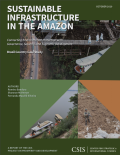
The case study analyses the links between infrastructure development, deforestation, governance, and security challenges in the Brazilian Amazon.
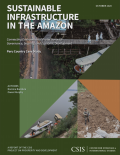
The present case study analyses infrastructure development in the Peruvian Amazon and its connection to deforestation, human security, and the rule of law.

This case study explores Indonesia’s inclusive housing policy and how the Kampung Improvement Program (KIP) became a model for in situ slum upgrading efforts both nationwide and internationally.
This pilot study addresses the cost-effective spatial development of a well-connected green infrastructure relevant to the integration of forest, agri-environment, and regional development policies.

This study focuses on how national and subnational governments can align subnational financial flows to transition towards low-emission, resilient, and inclusive cities.
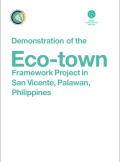
This study, Demonstration of the Eco-town Framework Project in San Vicente, Palawan, Philippines, explores on this framework project that aims to build the foundation for establishing the Eco-towns in local communities.
